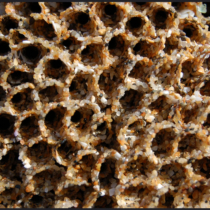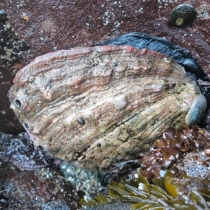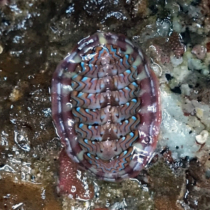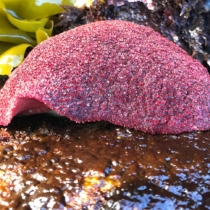
by Emily Gottlieb, LiMPETS Coordinator for Central California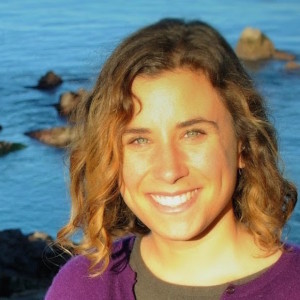
How does a sea anemone eat? What time of year are the most pacific mole crabs found on the beach? How do you tell the difference between flattened and slender rockweed? These are not questions from last night’s Jeopardy episode or this year’s AP biology test. These are questions that real students ask while they collect real data in the field as part of LiMPETS (Long-term Monitoring Program and Experiential Training for Students). For over ten years, LiMPETS has encouraged scientific inquiry through hands-on science experience, a theme that now beats throughout the NGSS (Next Generation Science Standards).
The Pacific Grove Museum of Natural History has coordinated LiMPETS for the California Central Coast (Davenport to San Simeon) since 2011 as part of the larger LiMPETS network. The network engages approximately 5,500 students and teachers annually monitoring sites from the Sonoma Coast to Los Angeles.



